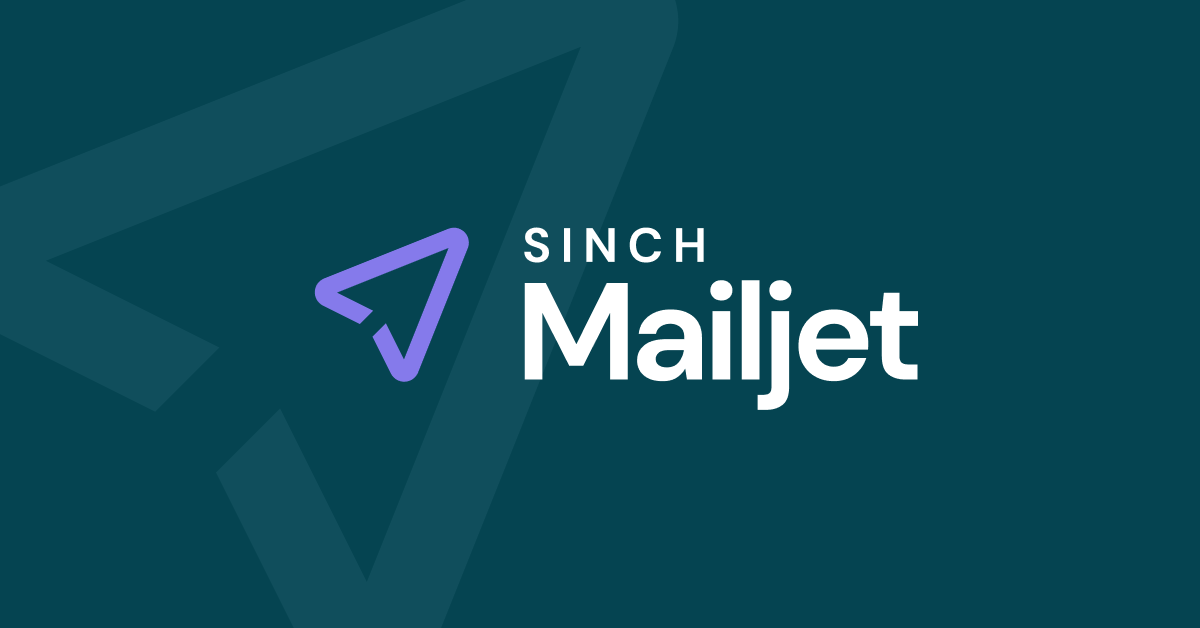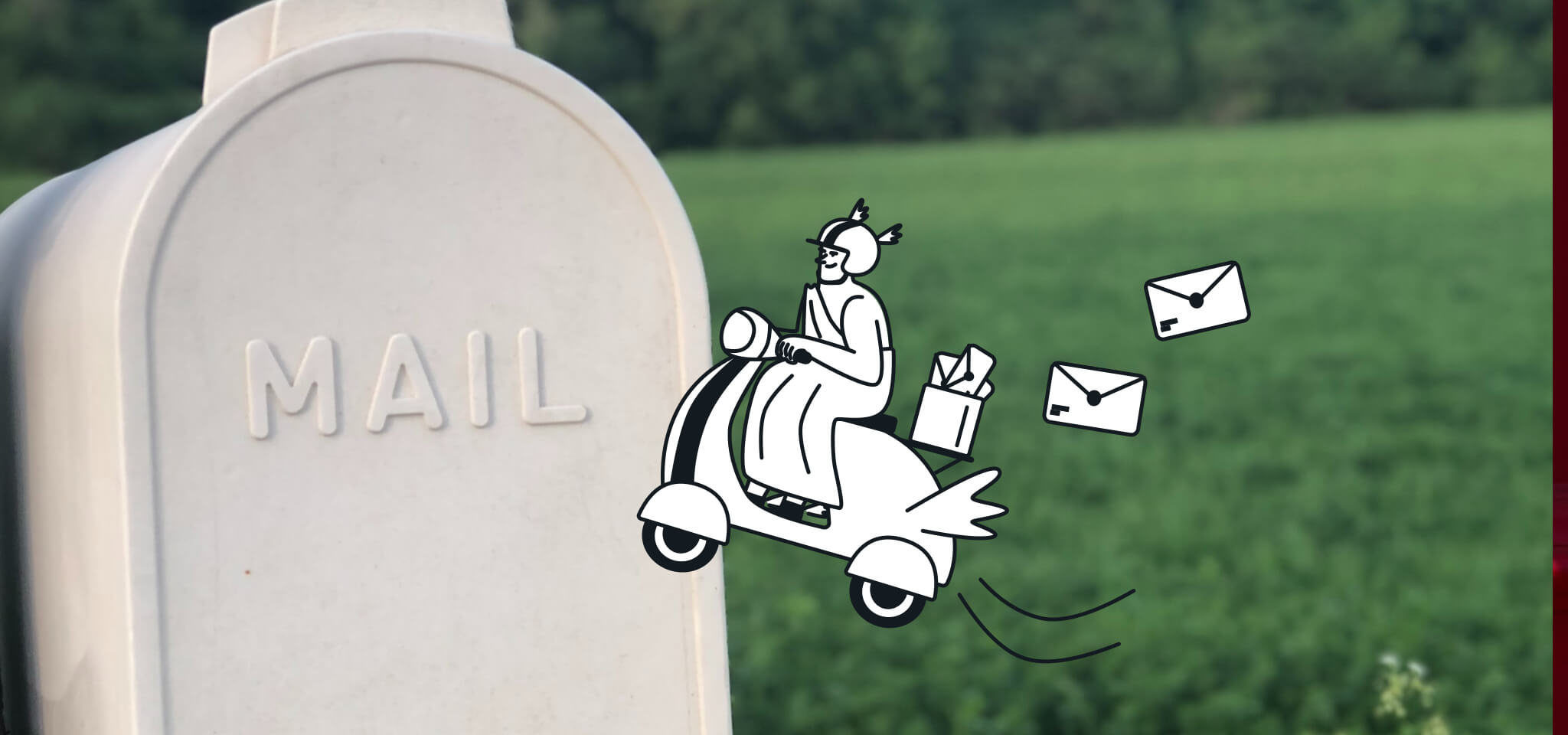Email best practices
How to build your email list: The ultimate guide
Speed up the process of building your email list with 15 of the most effective growth strategies. Then, learn how to convert subscribers into leads, sales, or sign ups.

PUBLISHED ON
Trying to build an email list from scratch? We get it – without an email list, you may as well throw your beautifully designed emails into the trash. Unless you’re marketing to ghosts, you’re going to need a loyal fanbase of subscribers who are hungry for your next email campaign or newsletter.
Full disclosure though: Building a contacts list takes a lot of time and patience. That’s the bad news. The good news is we have worked tirelessly to find the rocket fuel required to get your email marketing engagement to the moon.
So, are you ready to master the art of email list building? Let’s get started.
Table of contents
Quantity over quality: How not to build your email list
1. Start with a signup form
2. Attract subscribers with useful content
3. Leverage your social channels
4. Create landing pages
5. Get creative with your CTAs
6. Develop a small but useful tool
7. Add popups to your website
8. Collect data at events and in-store
9. Give discounts and promotions
10. Offer exclusive access to content or deals
11. Partner up with other marketers
12. Lure sign ups with free giveaways
13. Pay for leads with paid advertising
14. Encourage your subscribers to share your newsletter
15. Become a quiz master
Give them a good reason to sign up
Always ask customers to double opt-in
Permission is a journey, not a destination
Permission is temporary, not permanent
What makes a good email list?
Email lists are like the engine of your ship. Like any engine, if you stop feeding it fuel, your ship is going to stop eventually. That’s because subscriber lists degrade over time as people change jobs, get new email addresses, or just plain unsubscribe. Don’t worry – it’s (usually) not personal!
When built properly, email lists contain details about people who specifically gave you permission to send them updates and promotions about your business. This, therefore, means that they will be interested in receiving regular updates from you and in what you offer. Subscribers can be a highly engaged audience.
It’s often said that building and maintaining an email list is one of the most important aspects of email marketing. It’s simple – no subscribers equals no engagement. And yes, we know…growing your email database from scratch is not an easy task. But if you put in the work, it’s an extremely effective marketing strategy. In fact, email marketing is 40 times more profitable for converting prospects into customers than social media or even paid advertising.
An email list is a list of names, details, and personal information of people who have given you consent to receive email communications from your business on a regular basis. Built the right way, your email list should include engaged contacts who can eventually turn into loyal (paying) customers.
Quantity over quality: How not to build your email list
In general, people think that more contacts in your list is better for your business as this will mean that you have a wider target reach. It’s for this reason that so many fall into the trap of buying or acquiring contact lists.
This is an easy fix that can be detrimental to your business. Forcing people to receive your communications is not good for either of you. For them, because they never opted-in to receive your communication and they don’t want them in your inbox.
Sending to an uninterested audience means two things – bad stats and low deliverability. Unsolicited emails often receive unsubscribes and spam complaints, which will impact your deliverability and sender reputation. On the other hand, following email list building and growing best practices upholds your brand and sender reputation, ensures higher engagement, and ultimately improves deliverability.
Even worse, adding contacts to your list without asking for consent is also against the European Data Protection Regulation or GDPR. By buying your contact lists, you risk incurring severe financial penalties. Instead, you need to build your contact lists using the right strategy: By earning rather than buying (or tricking) permission to get in touch with people.
You may have heard the expression: “The money is in the email list.”. But do you think it would be more valuable to have a list of 100K contacts who don’t open your emails or a list of 2K subscribers who actually engage with your content?

Privacy policies aren’t sexy, but they’re a legal requirement.
Now that we’ve established that purchasing contact lists is a big no-no, we can focus on how you should put effort into building, growing, and nurturing your email list.
15 effective ways to build your email list quickly
An email contact list is a huge asset for marketers in terms of lead generation and customer retention. It’s especially useful in gaining insight into understanding your customers.
However, despite its many benefits, list growth often gets a bad rap. It takes time to organically acquire new contacts, and no matter how hard we try, subscribers are opting out on a daily or weekly basis.
Start building your list with these proven strategies one at a time and measure their effectiveness before moving on to the next one.
1. Start with a signup form
Ahh, the classic signup form. So simple, yet so fundamental to your email marketing efforts. Whether it’s an email campaign, a social network, or Google; all paths lead to your signup form. So, if you’re going to make something absolutely perfect, it needs to be this.
There’s a lot of confusion around what a signup form needs to include legally, but don’t worry – we’ll get to that later. For signup forms, we’re happy to say you don’t need to include a checkbox for your privacy policy or anything for that matter. Just make it clear that, by signing up, they are actively agreeing to receive your newsletter and can unsubscribe anytime.
This is very different if you are asking them to sign up for a user account, in which case you will need to consult a legal team for policy wording.
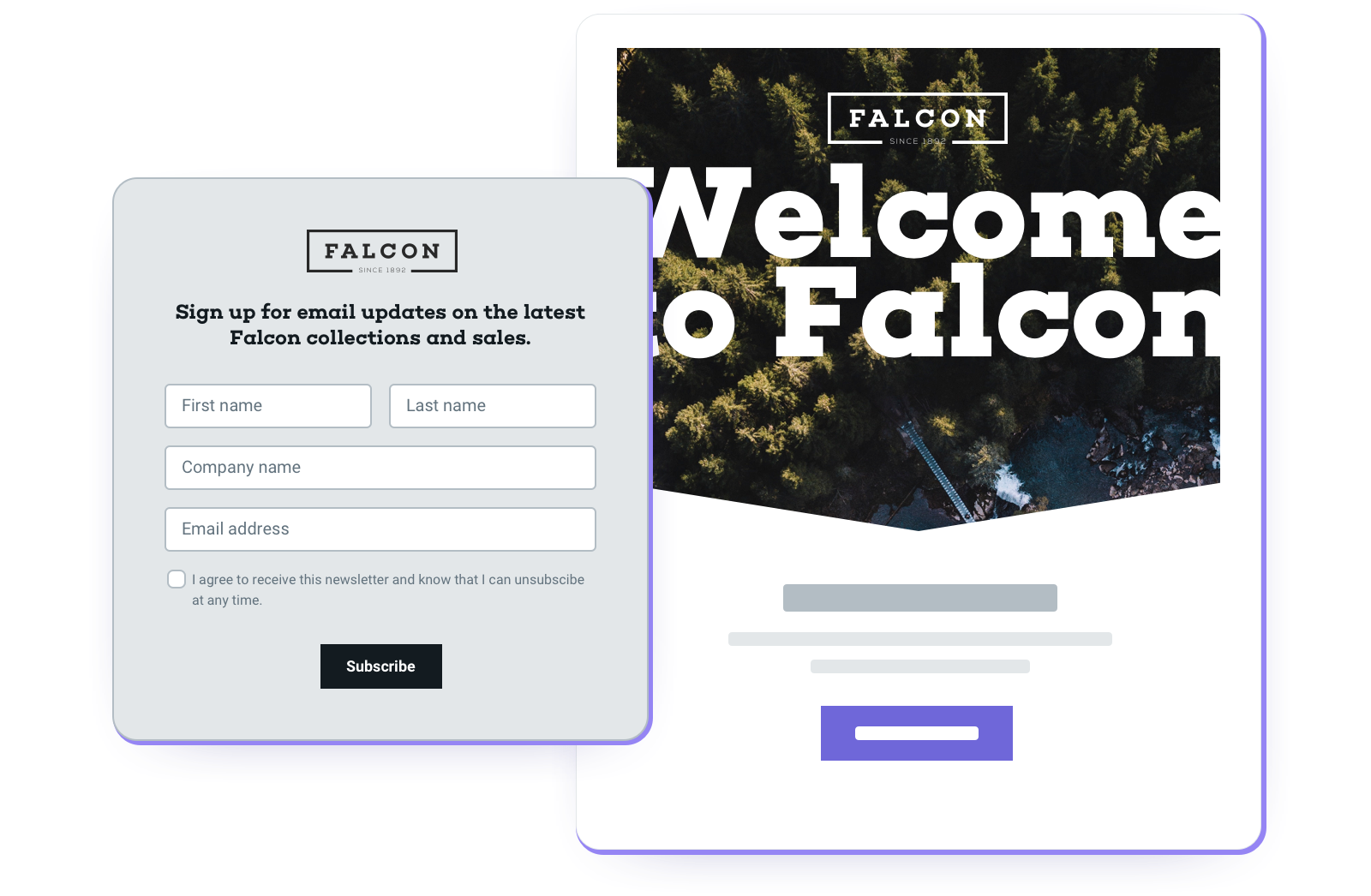
Mailjet offers an easy-to-use Form Builder to help you create signup forms for your newsletters.
Some ESPs, like Mailjet, offer tools to build your own forms, which you can then embed on different parts of your website. Mailjet’s Form Builder, for example, allows you to easily drag-and-drop components to capture the data you need from your contacts, so you can send more personalized and segmented messages.
Once created, you can place signup widgets in many places on your website, like blog posts and resource pages. But nothing comes close to the highest traffic page on your website – the homepage. So, if you are looking to use your email list as a big driver of sales, don’t forget to place it there!
Form builder
Convert visitors with our subscription form builder
Create your subscription form using our drag-and-drop designer and grow your contact lists. Mailjet’s Form Builder offers a native double opt-in which guarantees your recipients' interest - an essential prerequisite for your reputation as a sender and GDPR.
2. Attract subscribers with useful content
Have you heard of the expression “Content is king”?
Engage your audience by first presenting them with rich, relevant information through blog posts, ebooks, or whitepapers. You can either provide readers with blog posts through your newsletters, known as ungated content, or gate content like reports and whitepapers by making data capture a requirement.
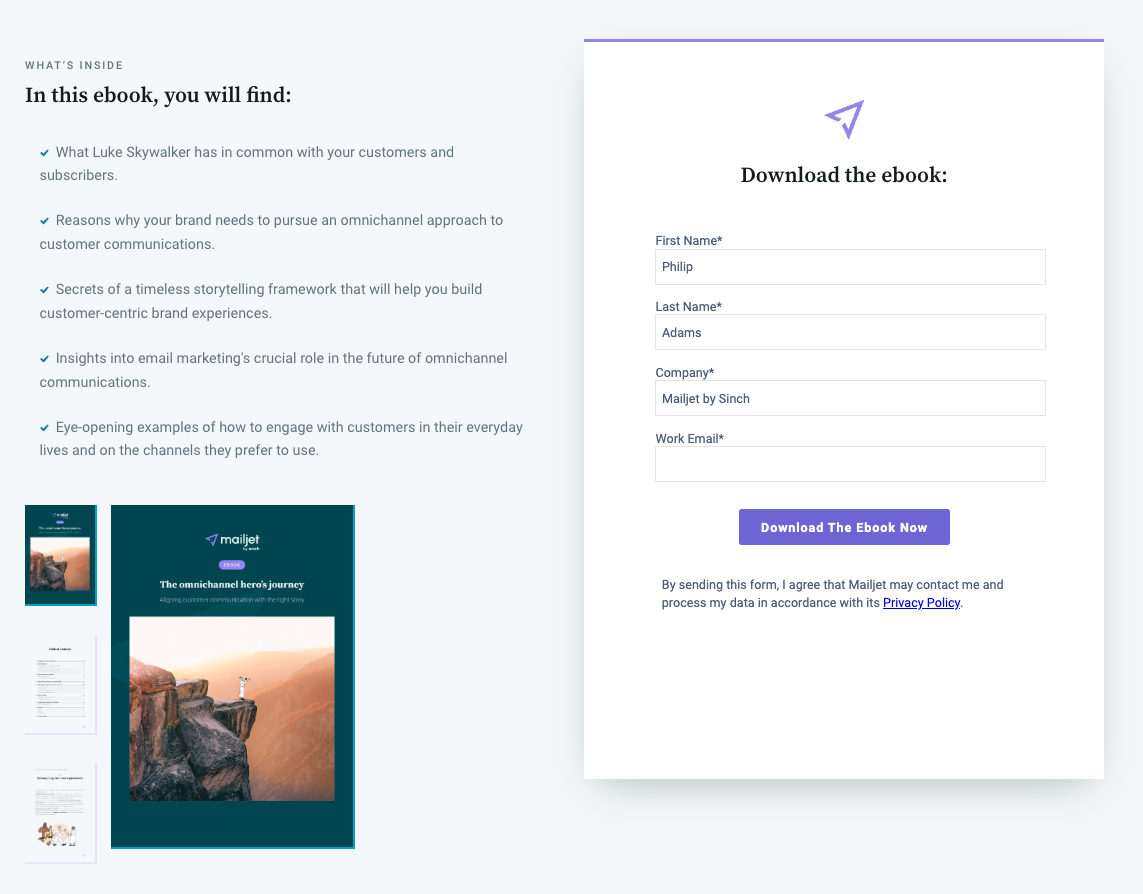
Mailjet’s Inbox Insights 2023 is a form of gated content that requires users’ data to access the report.
Great content marketing will ensure a higher list quality and sender reputation because customers who opt in to receive your messages are already familiar with your brand and will be receptive to future emails. But remember, just because someone’s downloaded an ebook doesn’t mean you can subscribe them to your newsletter. Make sure you include a checkbox in your download form to ask for specific consent.
3. Leverage your social channels
Your social media accounts are probably the easiest way of driving sign ups, provided you have a modestly engaged following.
What’s the state of your Instagram, Facebook, or Reddit feed right now? Our guess would be busy. Social media followers understand it’s difficult to keep track of anything important on social media.
It’s for this reason that offering your followers the chance to keep updated through your newsletter is going to prove valuable for those who really don’t want to miss Adidas’ new sneakers…

You can tweet about a new upcoming product and incentivize people to sign up to get updates.
Also, don't be afraid to promote your newsletter wherever and whenever socially possible. You can do this by including a call-to-action in your posts or include a link in your bio encouraging your followers to sign up.
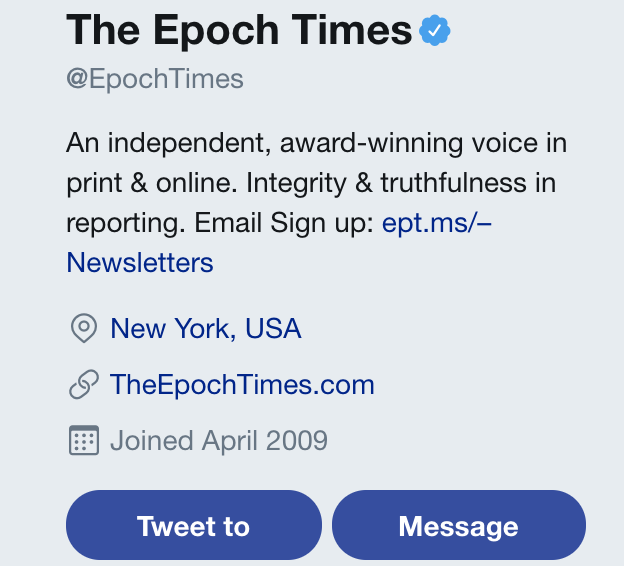
For bonus points, use a UTM to track a CTA’s effectiveness.
4. Create landing pages
On-site signup and pop-up forms are great for quick conversions, but sometimes we want to really sell our newsletters or set people’s expectations.
Providing ample context could be a way to capture leads who are a little bit more detail oriented or non-trusting. “Why should I give away my personal information?” or “What exactly am I getting into here?” are questions you can answer with a well-crafted landing page.
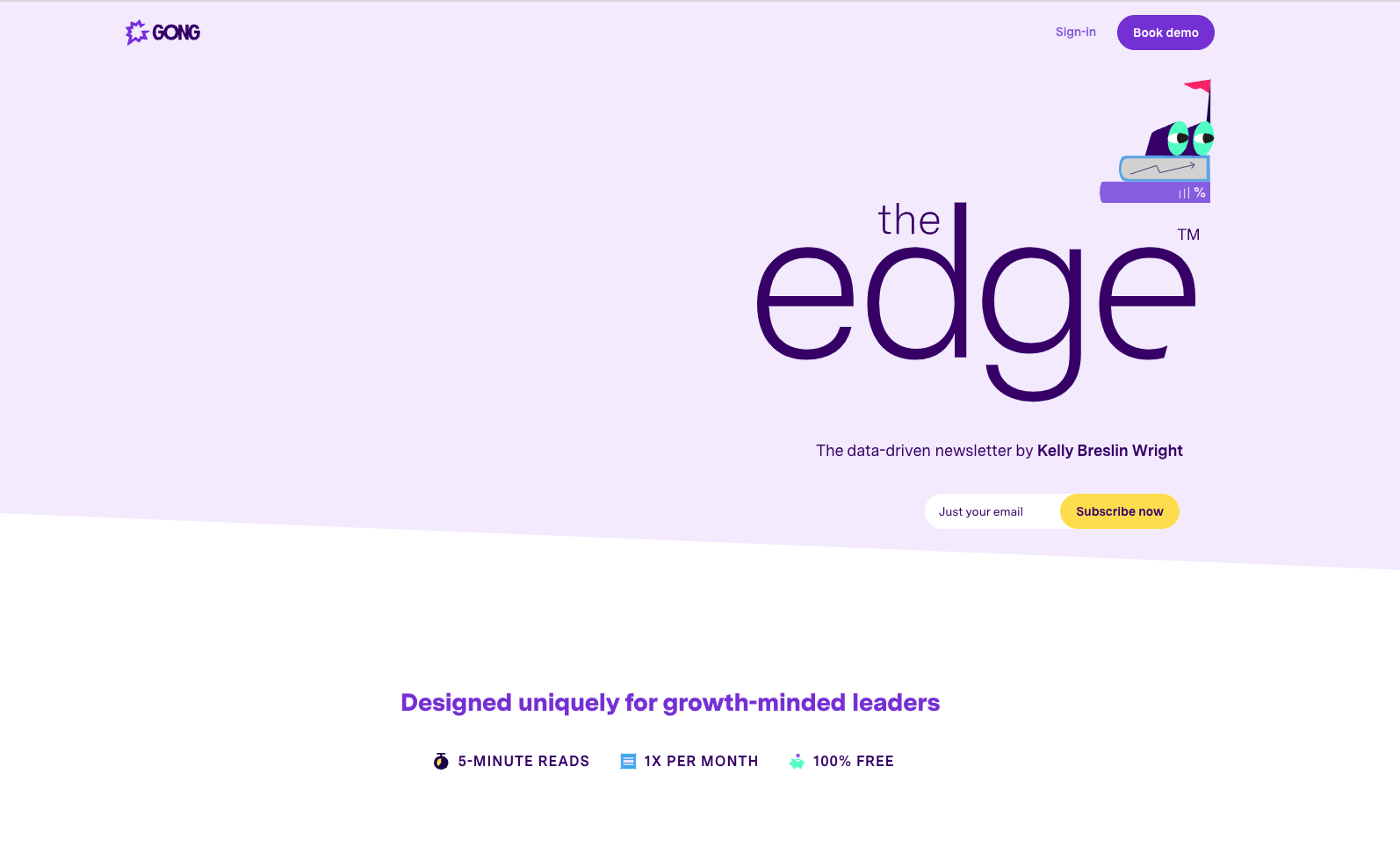
Gong’s The Edge sign-up page perfectly recaps the value their newsletter brings.
5. Get creative with your CTAs
Using creative calls-to-action (CTAs) is a great way to direct people (AKA possible leads) toward your gated content and obtain their email addresses.
Asking people for only an email address does not qualify them as good leads, but if your goal is to build a contact list, this is the simplest possible way to slowly introduce people to your brand. You can then later accumulate more information about the subscriber, as more interest is manifested on their side.
Just remember to clearly state that by giving out their email address, subjects are also giving consent for you to send them your email marketing communications.
6. Develop a small but useful tool
According to Brian Clark's ancient wisdom, the golden rule of online marketing is this: “Give something valuable away in order to sell something related.”
If you feel like your content production, advertising, and other practices are not really working enough to get you where you want to be, a side project may be the answer. It’s a great way to not only grow your email subscriber base, but also brand awareness.
No, don’t worry, we haven’t gone completely nuts. Side projects are a product or service that is clearly not your business' main offering but is a related free program provided to your audience in exchange for their email address.
Still sounds scary to you? It may seem like a lot of work at first, but the reality is that it doesn’t have to be. It could be just a free version or free trial of your product or it could be something completely different.
For example, Crew, a company that matches companies with hand-picked freelancers, offers several different apps to their customers. This includes a calculator to help people figure out the cost of an app they want to develop, a collection of free stock photos, and a list of what they call ‘unicorn’ coffee shops to work from.

Crew’s free app is a powerful subscriber generator machine.
Are you panicking because you don’t have the money, the time, nor the resources to create an app? Don’t – your side marketing project doesn’t have to be something huge and great, it can be something easy and simple that people can benefit from, like a spreadsheet.
7. Add popups to your website
One way to organically grow and build a healthy, permission-based email list is on-site popups. They work by monitoring the behavior of your visitors in real-time and prompting a form to appear when a specific condition is met: when a certain time passes, a user hovers over a section of the page, or when they indicate that they’re looking towards the exit. At that point, an additional message can be displayed to them, usually with a pop-up overlay.
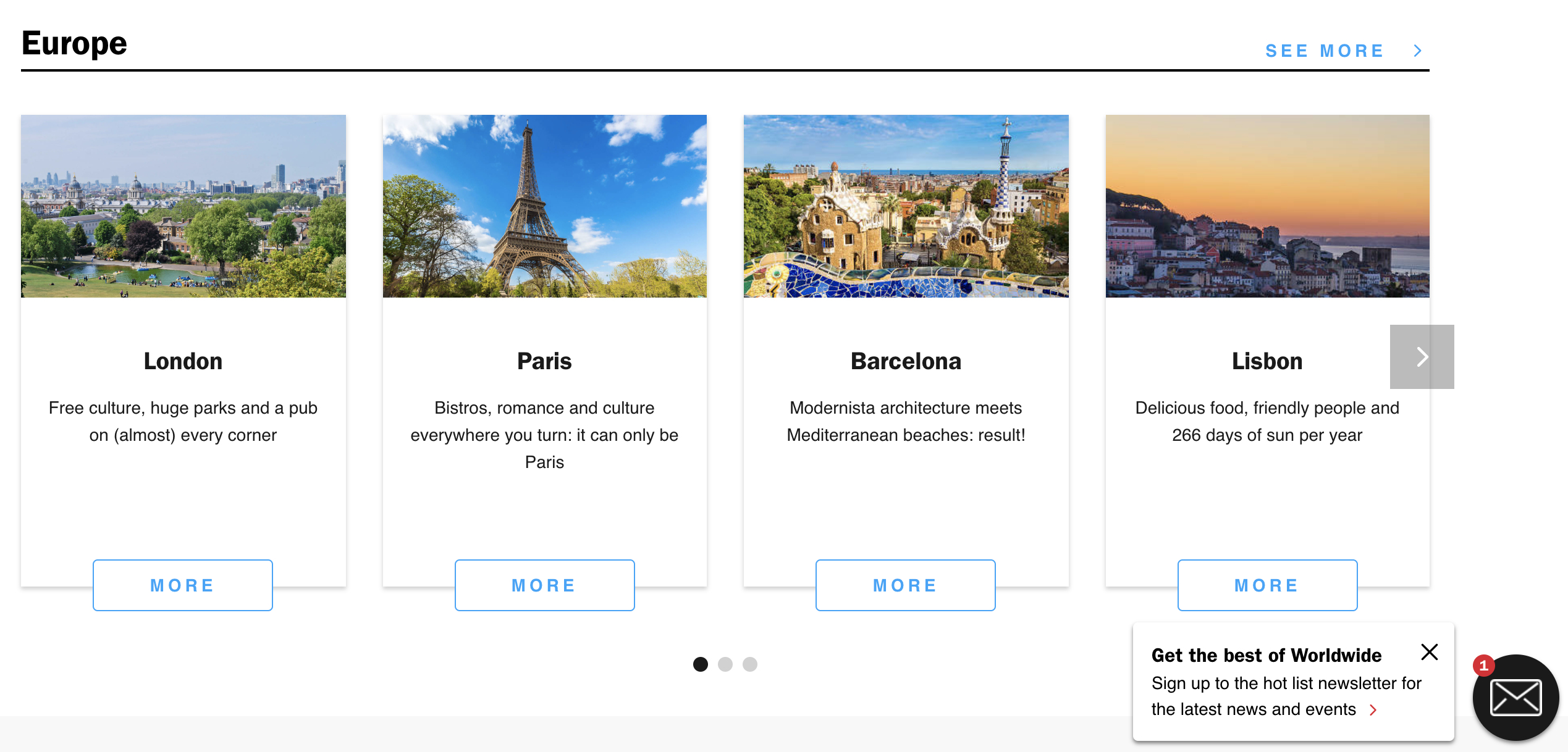
Timeout implements a tiny popup in the shape of an envelope on the right bottom corner.
A great strategy to make your popups even more relevant is to add some personalization. Visitors are more likely to stay engaged with your business if the popup is relevant to their specific needs and interests. This means you’ll be able to organically increase your subscription rate by communicating the right message at the right time to each segment of your audience. For example, if a visitor shows a specific interest, the most relevant popup will appear.
For more advanced personalization, you can use Dynamic Text Replacement in your popups to alter the text based on any variable you wish. This way, you can display highly targeted messages to individual visitors using only one popup.
8. Collect data at events and in-store
Remember the days of networking and face-to-face events? It seems like the pandemic ruined our appetite for intimate moments with strangers or even webcams. In this is an opportunity to bring back the art of…talking to people.
If you don’t have a physical store, events are a great place to exhibit your business and collect the currency of email sign ups. You’ll need a fun, easy-going, and approachable member of your team to represent the brand. Just have a tablet or laptop available for people to sign up so you can make the process quicker and easier for everyone.
9. Give discounts and promotions
The first step in building your email list properly is to create opt-in offers so good that people won’t think twice about signing up. See it, love it, and sign up – that’s how easy you want it to be.
Finding the right messaging and offer will take time and probably a few attempts. Once you find the best opt-in offers, you just need to place them in front of people who could be interested in them. Consider where the right places to implement this are and experiment with different formats: a landing page, a banner in key pages, an exit-intent popup…
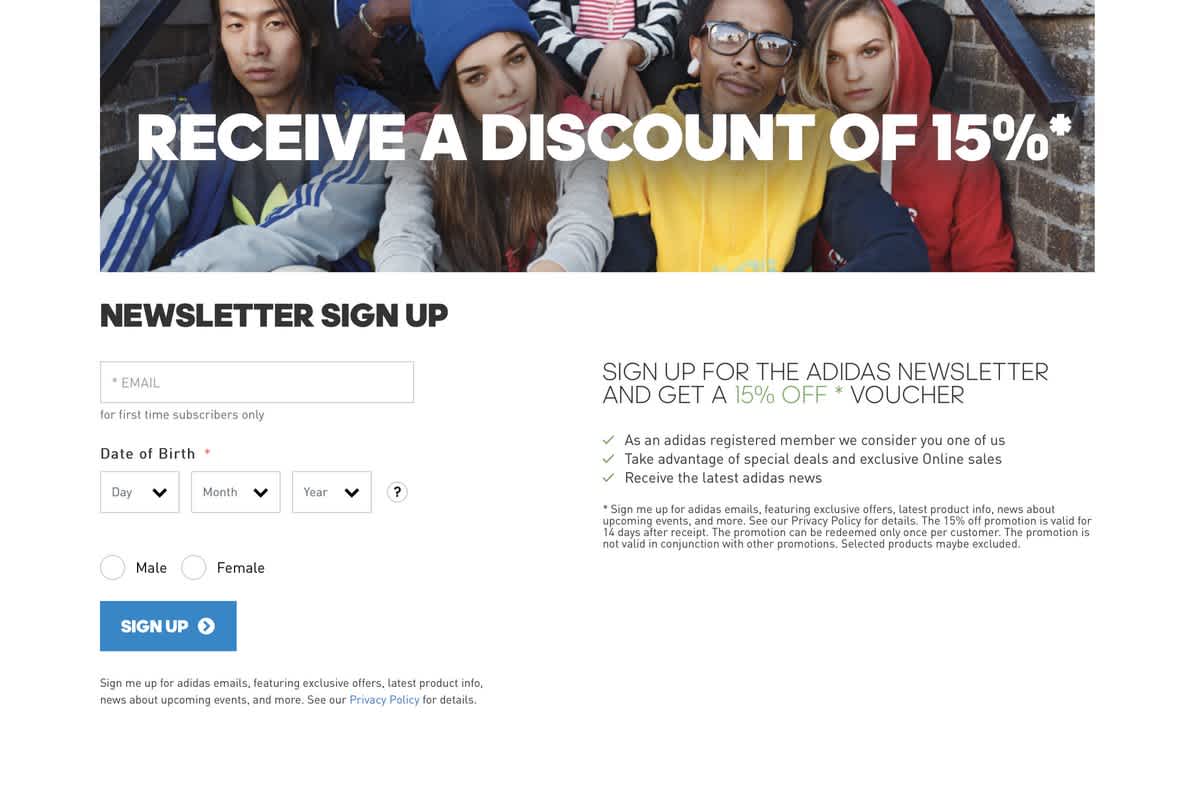
The cool kids of Adidas drive a hard bargain for your data.
But remember – this type of deal often drives people to register just to grab the discount, so you’ll need to carefully consider the kind of content that will keep them engaged following that initial conversion and proactively sunset subscribers that you’re unable to engage over time.
10. Offer exclusive access to content or deals
It’s only human to want to feel special. This is why discounts are so effective: Customers want to feel like they’re getting a better deal than others around them.
One area that does this particularly well is the music industry. Most artists have an email signup form on their website where their biggest fans can eagerly submit their personal information in exchange for pre-sale tickets. Can you imagine the engagement stats they must get?
Granting VIP access to sales, exclusive discounts, or sneak peeks of new products helps you stay top of mind with your customers and increase their loyalty to your brand. You can also play around with your audience’s FOMO to drive even more subscriptions. Who would want to miss out on your exclusive deals and community?
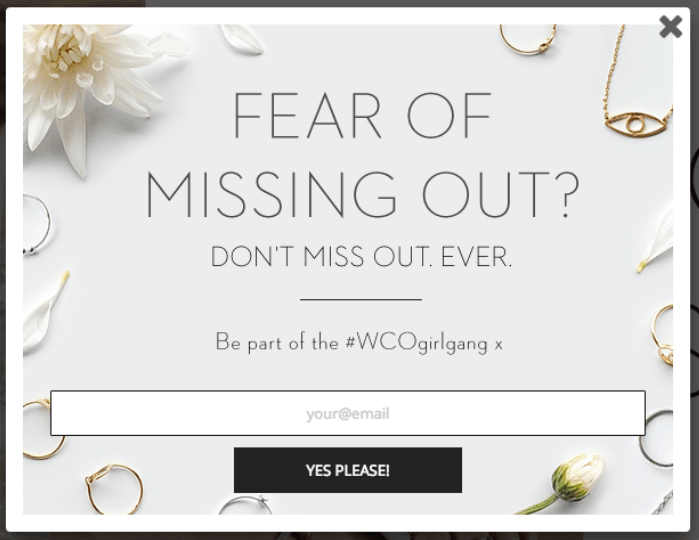
Leverage FOMO and a sense of exclusivity to drive sign ups to your newsletter.
You can also use your VIP exclusive newsletter to provide personalized content based on customers' preferences and past purchases. This can help you build stronger relationships with your customers and increase their engagement with your brand.
11. Partner up with other marketers
Partnership marketing is an emerging job role within the sphere of marketing careers. It’s usually reserved for larger companies with bigger budgets, but there’s no reason smaller teams can’t adopt the same techniques to boost email lists quickly (and legally).
By working with other marketers, you can leverage the strengths of both brands using these methods:
Co-created content: Co-create and gate a piece of valuable content, such as an ebook, guide, or webinar that’s relevant to your target audience.
Run a joint contest or giveaway: Run a joint contest or giveaway and encourage people to enter by subscribing to both of your email lists.
Cross-promote each other's newsletters: Partner with another brand in a complementary industry to cross-promote each other's newsletters within each other’s newsletters.
Host a co-branded event: Partner with another brand to host a co-branded event, such as a workshop or webinar to share the leads at half the cost.
Create a referral program: Offer incentives to partnership brands for referring people to your email list.
12. Lure sign ups with free giveaways
Beyond awesome brand recognition and content, online sweepstakes are an additional way to grow your brand recognition and contact list. But be careful, if you want them to be effective, it has to be done correctly.
Users need to absolutely know that by submitting their email address you are also asking them for their permission to be added to your database. This needs to be done with full transparency, very clear wording, and an opt-in mechanism.
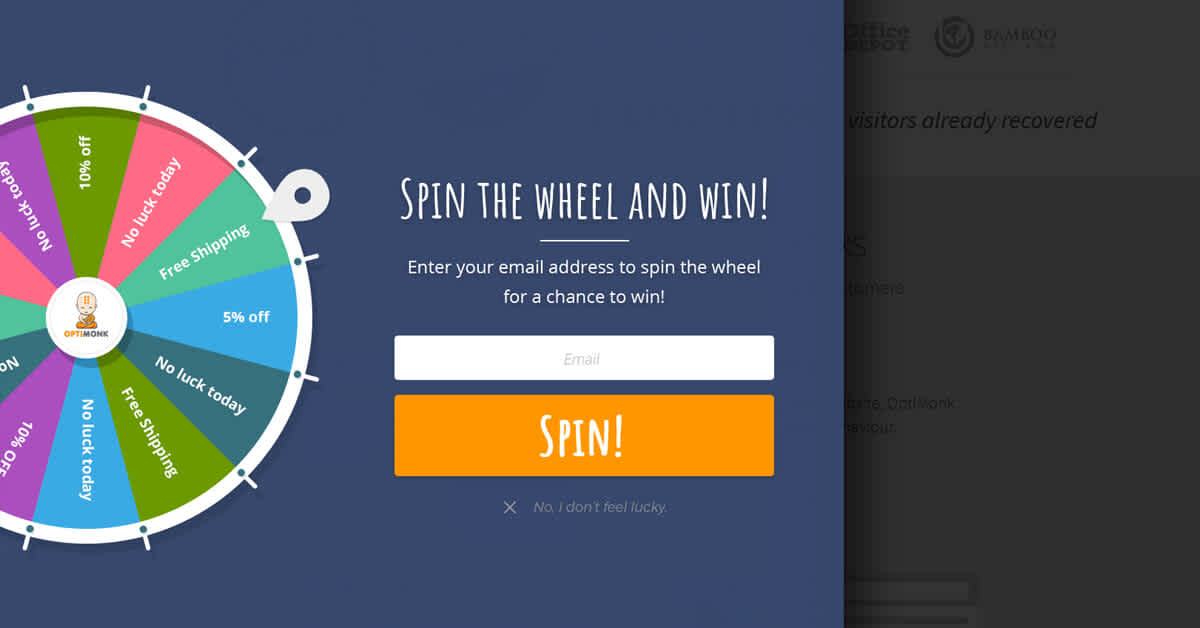
Free gaming mechanisms combine the fun of gambling without the risk.
Visitors are more likely to provide their email address if they receive something useful in return. Your giveaway should be easily consumable content and helpful for your prospects. You could try percentage discounts, free shipping, free gifts, promotions, or even their first order free if you’re feeling generous. The more you give away, the more sign ups you’ll receive.
The counterpart to this technique is that some people will unsubscribe shortly after winning their prize, so it’s worth calculating how much each lead will cost and how much you’re prepared to spend before opening the floodgates.
13. Pay for leads with paid advertising
List building is a slow burn…unless you throw money at paid advertising. It plays into the old adage: “You have to spend money to make money.”
There’s no denying it, paid advertising is the quickest way to build your email list. Whether it’s through social media, Google AdWords, or forums like Reddit, you’re going to get quick bang for your buck. Furthermore, you can target very specific demographic and behavioral traits to find the people who are most likely to convert further down the line.
If you believe in the effectiveness of your targeting and the quality of your landing pages, you could also save a pretty dime by only paying for ad impressions. Alternativity, you can choose to only pay for click-throughs, which gets a little pricier. Finally, you can pay top dollar for sites like LinkedIn, where they charge per lead but have the highest cost-per-click (CPC).
14. Encourage your subscribers to share your newsletter
It’s well understood that word of mouth is, for the most part, the number one generator of sales. If someone loves your content enough to recommend it to a friend, chances are that person is exactly the kind of prospect that will also love your newsletter or product offering.
So how do you convince your current subscribers to invite their friends to the party? The best way is to offer content they really want to share, of course. But you can also add a little note at the end of your newsletter encouraging readers to forward your email to someone they think will appreciate it.
Also, make sure you include a link to your subscription page at the bottom of your email. That way, any recipient that has been forwarded your email will have an easy way of signing up for your email list.
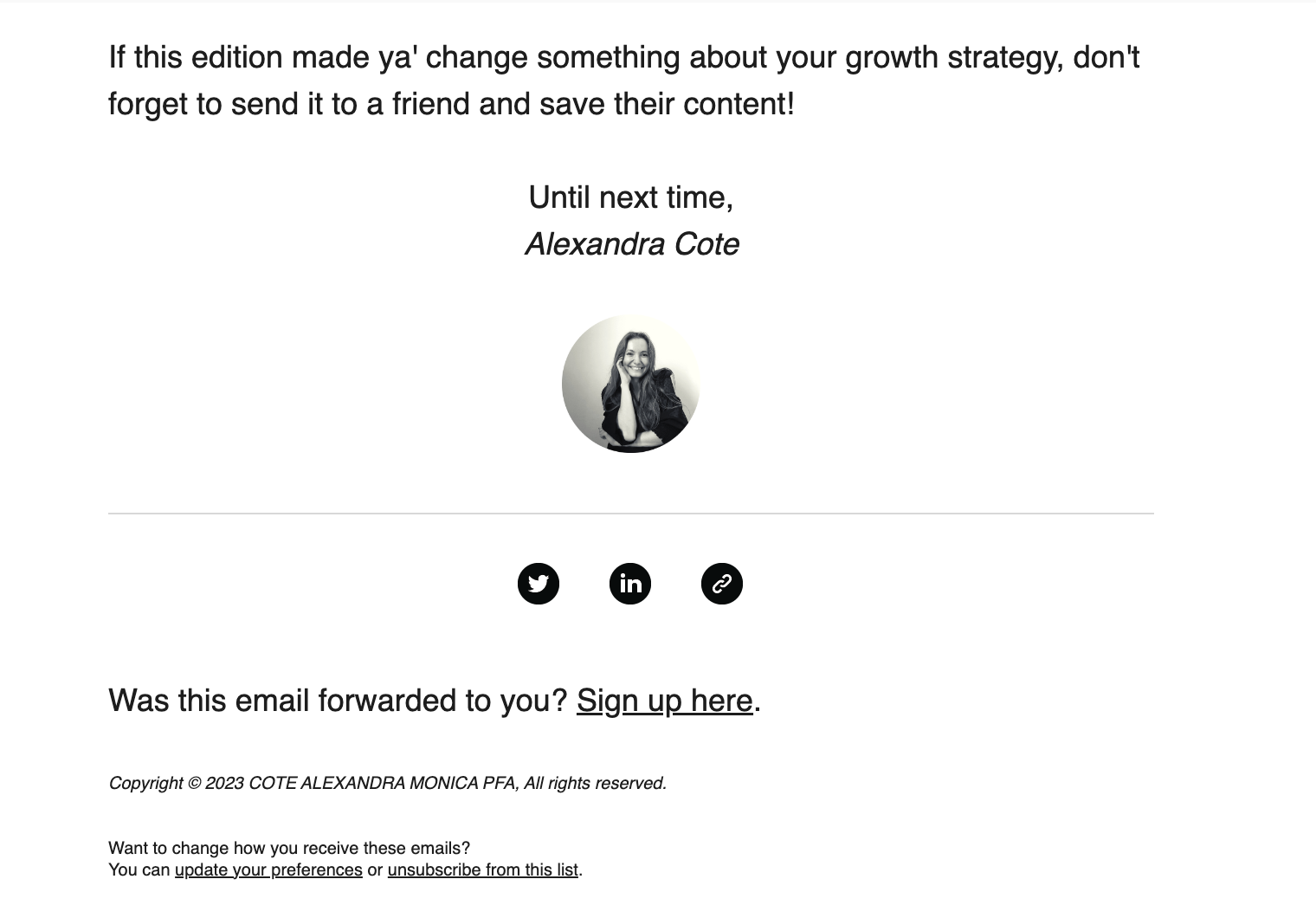
Make it as easy as possible for referrals to sign up.
15. Become a quiz master
Who’s guilty of doing a Buzzfeed quiz at work? It doesn’t matter if it’s Which Harry Potter House Would Choose You? Or Which Friends Character Would You F*&%, Marry, Kill? Quizzes are designed to distract, entertain, and offer targeted content based on the respondent’s answers.
But how do you turn a quiz into a lead generation tool for your newsletter? There are different ways to do this:
Request email information to enter the quiz or get results: While this is a relatively common tactic, it often irritates subscribers if they feel deceived into providing their personal information. Requesting personal data in advance will probably reduce adoption but is likely to provide a more rewarding customer experience.
Offer premium content that's closely linked to the respondent’s results: A good alternative is to offer a useful resource that’s specifically designed for the respondent based on their results. You can gate this resource and give people the choice to provide their email address to retrieve it.
Set up segmented email communications based on the most common results: Craft dedicated newsletters or deals for people with specific results and encourage them to sign up after the quiz. This can also help you create even more targeted content, based on the subscriber’s responses.
A/B test and track your list building methods to understand which technique generates more subscribers. You can learn which design and content elements should be changed, what should be removed, and what should stay.
Essential opt-in strategies to convert readers
The days of buying or swapping data are over, banished to the years of the internet's Wild West era. Data privacy has moved through the motions of “nice to have” to become a human right enshrined in law.
“What’s in it for me?” Well, aside from some pretty hefty fines, a PR catastrophe, and your job security, there are a few benefits worth bearing in mind. Following email list building and growing best practices upholds your brand and sender reputation, ensures higher engagement, and ultimately improves deliverability.
Let’s quickly run through some privacy best practices to keep you from passing GO and going straight to jail.
Give them a good reason to sign up
Promises are the currency of permission. You’ll only get people onto your email list by making a promise, and they’ll only stick around if you fulfill that promise.
Here’s how to craft a promise:
Promise to acquire contacts organically: Commit to never buying a list or tricking people into getting on your list. When contacts engage with you on their own terms, they’re far more likely to stay engaged and become customers.
Make it compelling: A great promise will get people on your list and position your new relationship with them. The more relevant and personal the promise is to your prospect’s life, the stronger the relationship and the better your chances of converting them into customers.
Put your promise in the right place: Go where your prospects are. If you have an active blog, place opt-in offers there. If there are popular websites in your niche, guest blog on those sites and point readers back to an opt-in offer. Advertising on social media is another great way to get your opt-in offers in front of people.
Always ask customers to double opt-in
The purpose of asking customers to opt into your email marketing is two-fold: to protect your sender reputation and to ensure customers are engaged and receptive to your brand and content.
Some may argue that asking for a double opt-in could lead to a smaller contact list since customers have to perform this extra step. However, not asking for permission before sending puts you at risk of being marked as spam, receiving fines, or worse, being blacklisted by an ISP.
We highly recommend using a double opt-in process. As an added layer to the standard opt-in, customers receive a triggered confirmation email that they have to click on to reconfirm their email address and subscription preference.
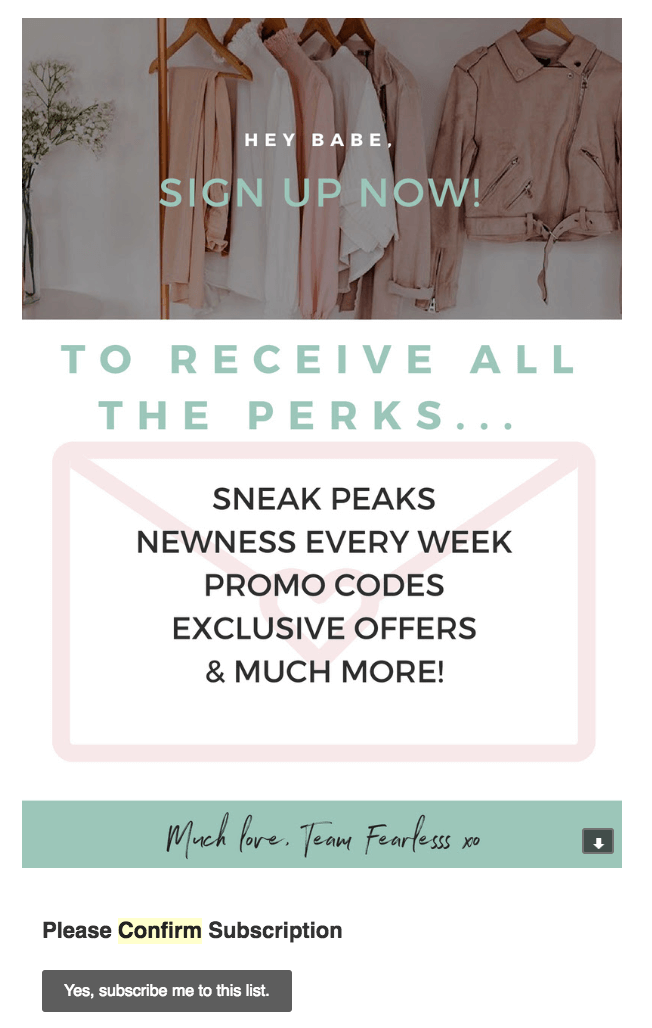
Double opt-ins are the best way to keep your lists clean.
Double opt-ins also ensure that the customer provides an active, accurate email address which helps avoid spam traps and bounces – both of which ISPs look at very closely. Gmail and Outlook actively judge the quality of your emails and decide whether or not you are allowed to enter through their pearly inbox gates.
Permission is a journey, not a destination
When a contact opts in to your email marketing, you’ve earned the entry level of permission. The goal is to continue escalating the relationship to higher and higher levels of permission until, eventually, customers decide to make a purchase.
Here’s how to lead customers up the permission ladder:
Build your permission ladder: What are the levels of permission on your list? How can you escalate relationships from opt in to sale? Most email marketers haven’t clearly defined the steps they want subscribers to take between opt in and conversion. This is an important place to start.
Segment your list by journey: Your subscribers are not all identical. Different customers are on different journeys and their motivations for engagement will vary. Define the different pathways to becoming a customer and segment your list accordingly to make sure your content is always anticipated, personal, and relevant.
Automate permission-building: The real power of email marketing lies in automation. Once you’ve built your permission ladder and segmented your list, make good use of autoresponders and other automation tools to put the process of escalating permission on autopilot.
Permission is temporary, not permanent
The idea of losing permission is a scary thought. Unsubscribes are the marketing equivalent of a breakup. But the great thing about email marketing is that you’re able to see the warning signs long before you lose permission for good.
Here are three signs to know that you might be in the process of losing permission to send:
Open rates: Measure how much subscribers love receiving your emails. If your open rates start to drop, it’s a good sign that you’re not consistently delivering on your promise or the topic itself isn’t as interesting to your subscriber as it used to be.
Click rates: Measure how effective your content is at inspiring action. It’s nice when people read your email, but if they’re not taking the intended action, that’s a sign that you’re losing their interest and soon their permission to send.
Unsubscribes: Track when you’ve finally lost permission for good. When someone unsubscribes from your list, it means they’ve gotten to the point where they’d like to formally revoke permission and never hear from you again. Marketers tend to focus on unsubscribe rates as the ultimate measure of when permission is lost. But the truth is, you probably lost permission far before your subscriber reached for that unsubscribe button.
A decrease in positive engagement from a contact is clear warning that your content might not be welcomed in their inbox anymore. If that’s the case, you should consider sunsetting them to protect your brand and sender reputation.
Build your email list with Mailjet’s Form Builder
There’s a reason the subscription widget made it to number one on our list of recommendations – it’s a no-brainer when it comes to maximizing your website for lead generation. Visitors are already interested in or engaging with your company and it’s a free resource and a low-commitment way for your prospective clients to get to know your brand further.
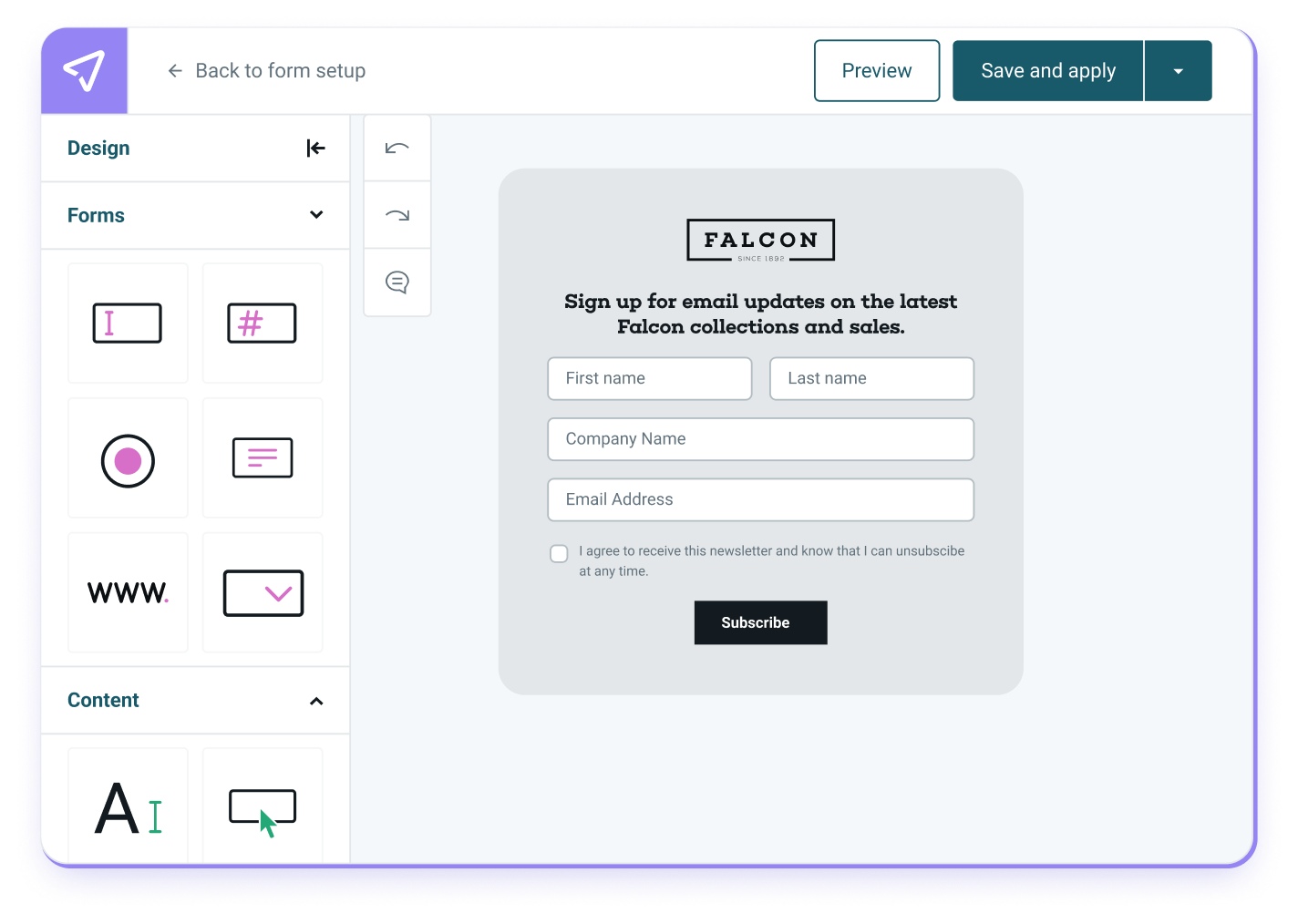
Mailjet’s Form Builder allows you to easily create opt-in forms with our intuitive drag-and-drop editor. Then you can integrate them into your website and automatically see your opt-ins added to your contact lists within your Mailjet account. Curious to see how it works? You can learn more about Mailjet’s Form Builder in our documentation.
Now get out there and continue building, growing, and nurturing your contact list!
Form builder
Convert visitors with our subscription form builder
Create your subscription form using our drag-and-drop designer and grow your contact lists. Mailjet’s Form Builder offers a native double opt-in which guarantees your recipients' interest - an essential prerequisite for your reputation as a sender and GDPR.
